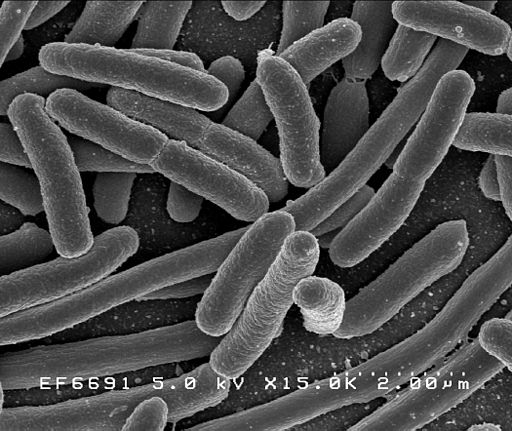Pretty music everyone is aware of the term photosynthesis. We identify photosynthesis as the process plants take to make food by utilizing the sun’s energy. New findings take us back in time to the earliest signs of this process. The article published on January 3 2024 reveals that bacteria fossils hold some of the oldest signs of machinery required for photosynthesis. Cyanobacterias’s invention of photosynthesis is responsible for the oxygen in Earth’s atmosphere which is a large sum of information derived from fossils.
The bacteria fossils are compression of carbon that don’t contain any mineralized structures such as bone or shells. The fossils also revealed that there are complex structures inside of the microscopic bacteria such as thylakoids which are located inside of the chloroplast and allow photosynthesis to take place. It is exciting to see such old thylakoids inside of the bacteria fossils but it is not unheard of as some researchers believe that thylakoids may have evolved before the Great Oxidation Event which occurred around 2.4 billion years ago and marked a significant increase in Earth’s oxygen levels.
During the period that the bacteria fossils lived in, oxygen levels in Earth’s atmosphere were at a fraction of today’s levels which helps explain why the fossils hint that there may have been small pockets where oxygen was abundant, possibly allowing the evolution of the ancestors of plants and animals. Most of the rocks that scientists believe may harbor fossils similar to the ones discovered have been compressed destroying intracellular structures like thylakoids which makes the findings even more rousing.
A similar article published the following day identifies the bacteria fossils to be between 1.73 and 1.78 billion years old. Furthermore, the article points out that prior to this discovery, the presence of thylakoids in cyanobacteria was traced back to only around 600 million years ago, but now the earliest evidence of thylakoids in cyanobacteria is 1.2 billion years older. The fossils are also defined as Navifusa Majensis, a presumed type of cyanobacteria. N. majensis fossils add a vital data point in the timeline that aims to discover the exact timing of oxygenic photosynthesis’s evolution.
A second article published on the same day explains that the bacteria fossils “were laid down in mud and squeezed as the mud was transformed into shale over time.” The intriguing part, though, is that the internal structures of the cells were preserved throughout this process.
To help further explain the job of thylakoids in plant cells, in AP Biology class, we learned about the specifics of the chloroplast, the organelle in plant cells that is responsible for photosynthesis and plants green color. Furthermore, we learned that grana, located below the inner membrane of the chloroplast, are stacks of thylakoids. A large surface area of thylakoid disks results in better productivity in the cell. In the article linked in the previous paragraph, astrobiologist Emmanuelle Javaux is referenced as speaking about “dark lines stacked through tiny sausage-shaped cells” that they believe represent thylakoids. An image in the Cells Notes Packet displays the same description that Javaux is providing with dark rectangles being spread across an image of the chloroplast.
I believe that these new findings are a great advancement in the mystery that is the evolution of photosynthesis in plants. These findings are one of the first steps of discovering the exact timing of oxygenic photosynthesis’s evolution. I look forward to seeing if more fossils are discovered with thylakoids and other complex structures still intact, what do you think?



ariatom
Hi AtomicMass! You’re right, it’s so cool how bacteria fossils can show the oldest signs of photosynthesis dating back from a long time ago. I wonder how much more we will learn about scientific processes from bacteria. Bacteria were the first forms of life on earth, so it is not surprising how much we can learn from bacteria fossils. The article you chose made me wonder how scientists can study cyanobacteria. The link posted talks about cyanobacteria found in premium rock from a process called SEM and TEM, otherwise known as scanning and transmission electron microscopy. Isn’t it so cool how technology is allowing for scientific progression? I hope as technology improves we can learn more about our scientific processes from bacteria such as cyanobacteria. You’re right, it really would be amazing if we could discover fossils with thylakoids and other complex structures still intact, but I also would really like to see how scientists can develop the technology to be able to analyze cyanobacteria.
https://ucmp.berkeley.edu/bacteria/cyanofr.html#:~:text=Small%20fossilized%20cyanobacteria%20have%20been,scanning%20and%20transmission%20electron%20microscopy).